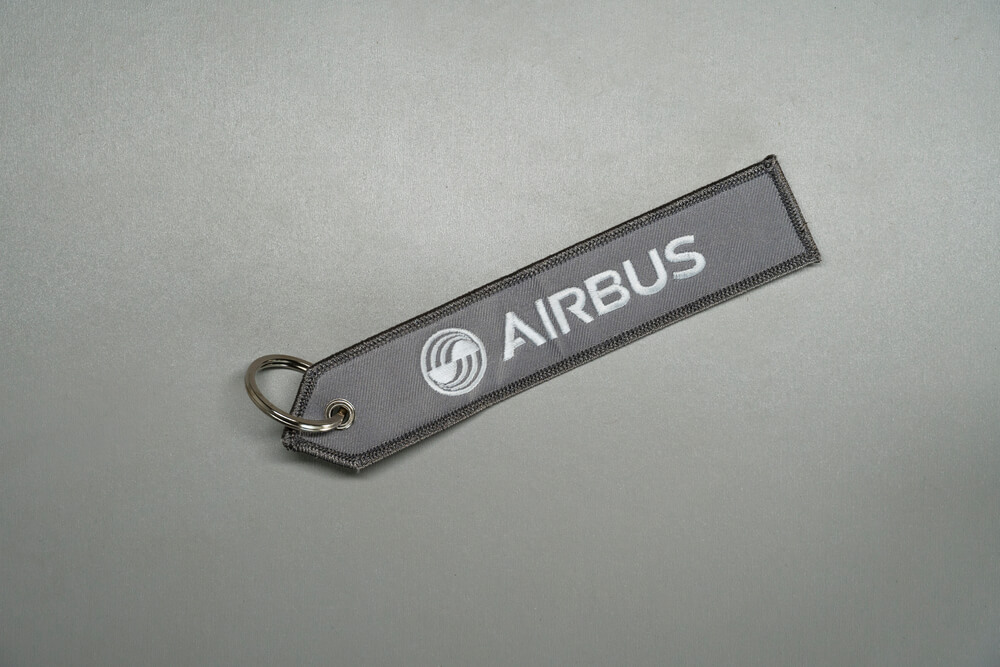This article was originally published on July 14, 2020.
More than a year ago, the Airbus A321XLR made headlines and made heads turn at the Paris Air Show 2019. The travel landscape was much different, however. Yet the A321XLR could retain its hot stock and for those who ordered the aircraft, help them recover faster from the current crisis. But which airlines have it on order?
The list is quite diverse and includes more than 20 airlines and two leasing companies, namely Air Leasing Corporation and GE Capital Aviation Services (GECAS). North America and Asia-based carriers booked the majority of orders, as such airlines as IndiGo, American Airlines, (A1G) (AAL) and United Airlines have the biggest order books for the A321XLR.
Low-cost carriers, however, are responsible for the majority of the order book. Out of more than 450 orders, mainline carriers increased Airbus’ backlog by 165 A321XLRs.
Reasoning the A321XLR’s potential success
Flexibility
While currently, the demand for air travel plummeted to unprecedented lows, including the forward-looking bookings, it is destined to recover. For example, Vasu Raja, Senior Vice President of Network Strategy at American Airlines, (A1G) (AAL) mentioned during the company’s Q1 2020 investor’s call that a simplified fleet would allow the airline to be “a lot more lean and a lot more nimble, a lot more capable of being able to move fleets around markets, respond to a recovery when and if it comes.”
The flexibility of the A321XLR is unmatched in the narrow-body segment, including the fact that Airbus’ newest narrow-body variant maintains its commonality with the rest of the A320 family. American Airlines (A1G) (AAL) already operates 238 Airbus A320 family aircraft, including 19 A321neos.
Nevertheless, the A321XLR is still some time away, as Airbus’ latest timeline still indicates it is on track to enter service in 2023.
“We don’t think we’ll see 2019 delivery rates again before 2023 to 2025,” remarked Guillaume Faury, Chief Executive Officer of Airbus, in an interview with Aviation Week. He predicted that in the next few years, point-to-point traffic will dominate the landscape:
“Small modules with long-range are likely to be a winner, at least for a certain period of time. The A220 and the long-range versions of the A321neo should really make a lot of sense, along with the A350 for longer distances.”
While Faury estimates that a ramp-up of production rates for single-aisle aircraft could come in either 2022 or 2023, the demand for wide-bodies might ramp up much later – just in time for the A321XLR to swoop in and allow airlines to be profitable on flights to far-reaching destinations. After all, its role was to replace the 757s and 767s. But with the possibility that demand for international travel could remain at the lower end of the scale for the coming years, it might chip away at the market share of smaller versions of the A330 and 787.
In addition, the aircraft might be the perfect facilitator for airlines to launch routes with little-to-no competition as the industry slowly gets back on its feet. With the phase-out of the Boeing 757 or the Boeing 767, the competition on some itineraries might become very scarce, opening up opportunities to expand and capture much-needed money-making routes in a post-COVID-19 world.

